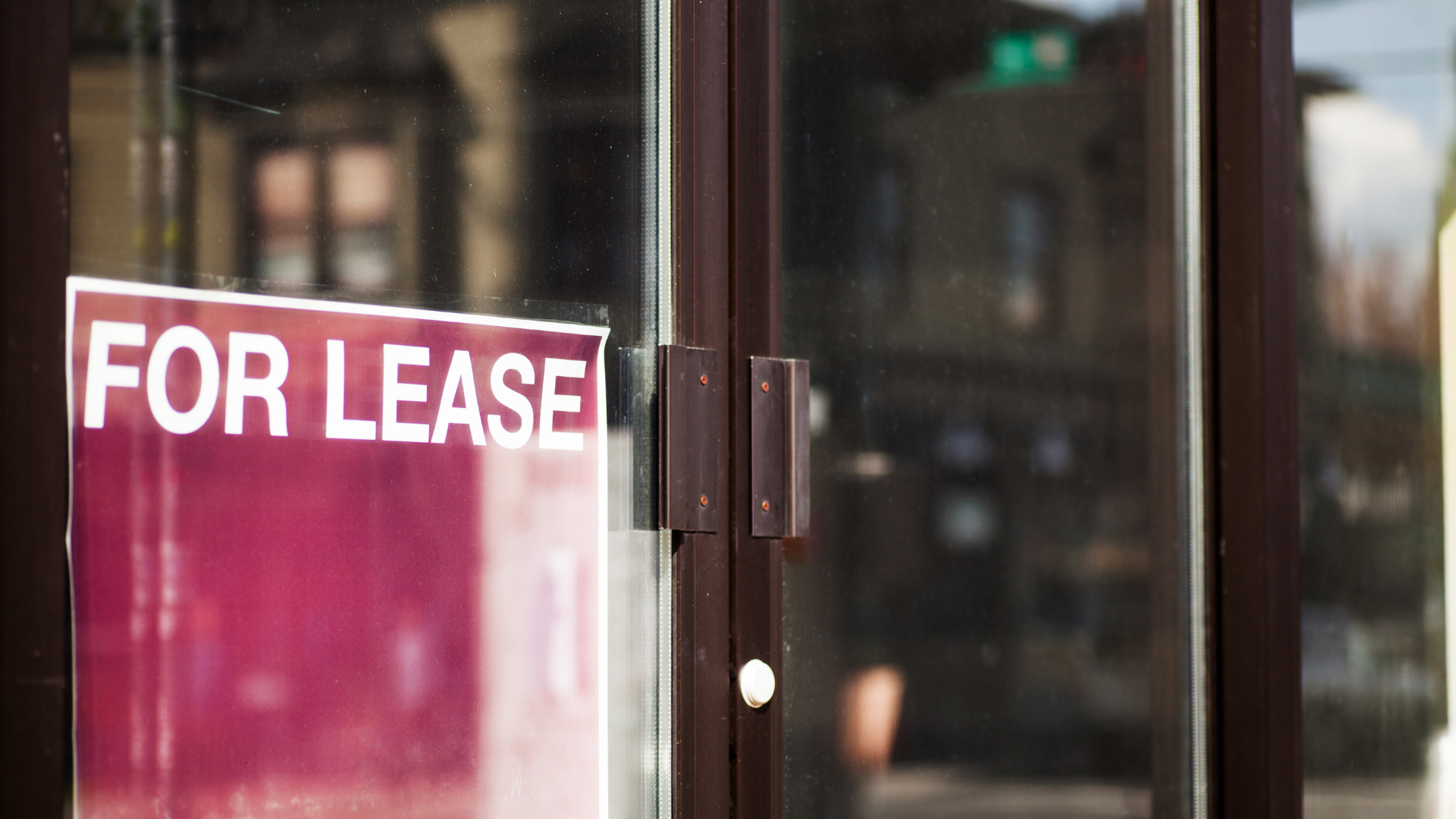March 21, 2023
Throughout the state of Texas, there are many things that are different about commercial and residential properties. This includes their intended use, management, and financial implications. Commercial properties are used for business purposes, including restaurants, retail stores, and office spaces. A company or investor often owns the building and leases it out to a business. Residential properties, on the other hand, are used for living purposes. Therefore, they are owned or rented by individuals or families.
But another critical way that commercial and residential properties differ is in terms of their leases. As a tenant, you need to be able to understand your lease before entering into an agreement. It could be in your best interest to hire a tenant rep in Austin so that you have expert guidance throughout the leasing process. Before getting to that point, check out how these two types of leases compare.
LENGTH OF THE LEASE
Typically, commercial real estate leases are longer than residential leases. Average commercial lease lengths are between three to five years, though you can certainly sign for ten. Business owners are expected to need time to establish their businesses and ultimately recoup their investments. Residential leases, on the other hand, have a standard duration of one year in Texas. Some landlords may offer shorter or longer lease terms, depending on local laws and their own preferences.
Commercial leases are more complex and binding. The reason for this is that landlords are investing capital into the property, so they require a stronger commitment from the tenant. The contract can not be easily broken or changed, or else the tenant will have to pay a significant amount of money. If it is the case that you want to alter your agreement, make sure to have a conversation with a tenant rep in Austin.
PROPERTY VALUES
The value of commercial property is based on the amount of income that it can generate. This is unlike residential properties, which are valued based on their size, location, and amenities. Residential real estate is, therefore, dependent on the quality of its surrounding area. When investing as a landlord, you want to find an area with a good school district and lots of curb appeal. Desirable location is a factor in the value of commercial property, too, considering an area with good infrastructure can attract both customers and employees.
It is necessary to note that you will gain a higher return on investment as a landlord when it comes to commercial properties. Commercial real estate has an easier ability to increase value. The higher the cash flow that the business earns, the higher the property value will be. From the tenant’s perspective, property value is important because it affects their own return on investment, as well as their rent. Were property value to decrease, a landlord may decide to make significant changes, disrupting a tenant’s situation and making it critical to contact a tenant rep in Austin.
WARRANTY OF HABITABILITY
Commercial landlords have an obligation to maintain their property and ensure that it is safe for both tenants and visitors. However, commercial properties do not have a warranty of habitability. This is a legal concept for residential properties that requires landlords to provide tenants with a habitable living environment. A habitable living environment is defined as a space that is clean, safe, and comfortable. Should a residential landlord fail to meet these minimum standards, tenants have the right to take legal action. In this case, documentation is a must.
COMMON AREAS
Commercial and residential tenants alike benefit from having common areas on a property. Common areas have amenities that are shared by all tenants. These include parking areas, hallways, elevators, lobbies, and recreational facilities. For commercial properties, specifically, this also includes restrooms. Essentially, because all occupants of a building are utilizing these spaces, they need to be kept up by whoever is responsible for property management. While commercial leases tend to include provisions for common area maintenance charges, residential leases keep a fixed amount for monthly rent.
MAINTENANCE AND REPAIRS
The responsibilities of landlords and tenants vary greatly based on negotiations. That said, in a commercial lease, it is typically the case that you will be responsible for the majority of the property’s maintenance and repairs. This includes work needed to be done on both the building and the common areas. Make sure that your contract breaks down who is responsible for what, in the event of everyday updates and problems due to natural disasters. A tenant rep in Austin will not only help you get the best deal possible, but also make sense of the clauses that dictate any expenses.
For residential tenants, maintenance and repairs are minimal. The landlord will take care of the majority of issues that arise on the premises. Much like with a commercial lease, the specific terms vary based on the agreement. But, ultimately, the landlord will have a greater responsibility. Because residential leases have several legal protections to guarantee safe living conditions for tenants, landlords must respond within a reasonable time frame when tenants inform them of an issue on the property.
RENT CONTROL LAWS
In some areas, how much a landlord is able to charge for rent on a property is limited by rent control laws. These are regulations that are in place by local governments to protect tenants when housing costs are rapidly rising. This ensures that housing remains affordable. In the state of Texas, rent control is prohibited across the state. But while there is no rent control in Austin, there are other laws that are designed for tenant protection for those with commercial and residential leases.
One example of these laws is that, in order to avoid prospective tenants writing a check and being denied, a landlord is required to provide applicants with a written notice of eligibility. This is a document that states the applicant has met the qualifications to rent the property. You should go over this document with a tenant rep in Austin to better understand it. They will tell you that, were your landlord to not provide this information, you are entitled to have your funds returned within 30 days.
Are you in need of a tenant rep in Austin to handle your commercial property needs? Let Commercial Industrial Properties take the stress off of your shoulders. With over two decades of experience, our team is highly equipped to overcome any obstacles you may face with your lease. We have been offering tenant services for decades, using our knowledge of the market to guide clients to make good decisions. Fill out our contact form to get started with a CIP representative.



